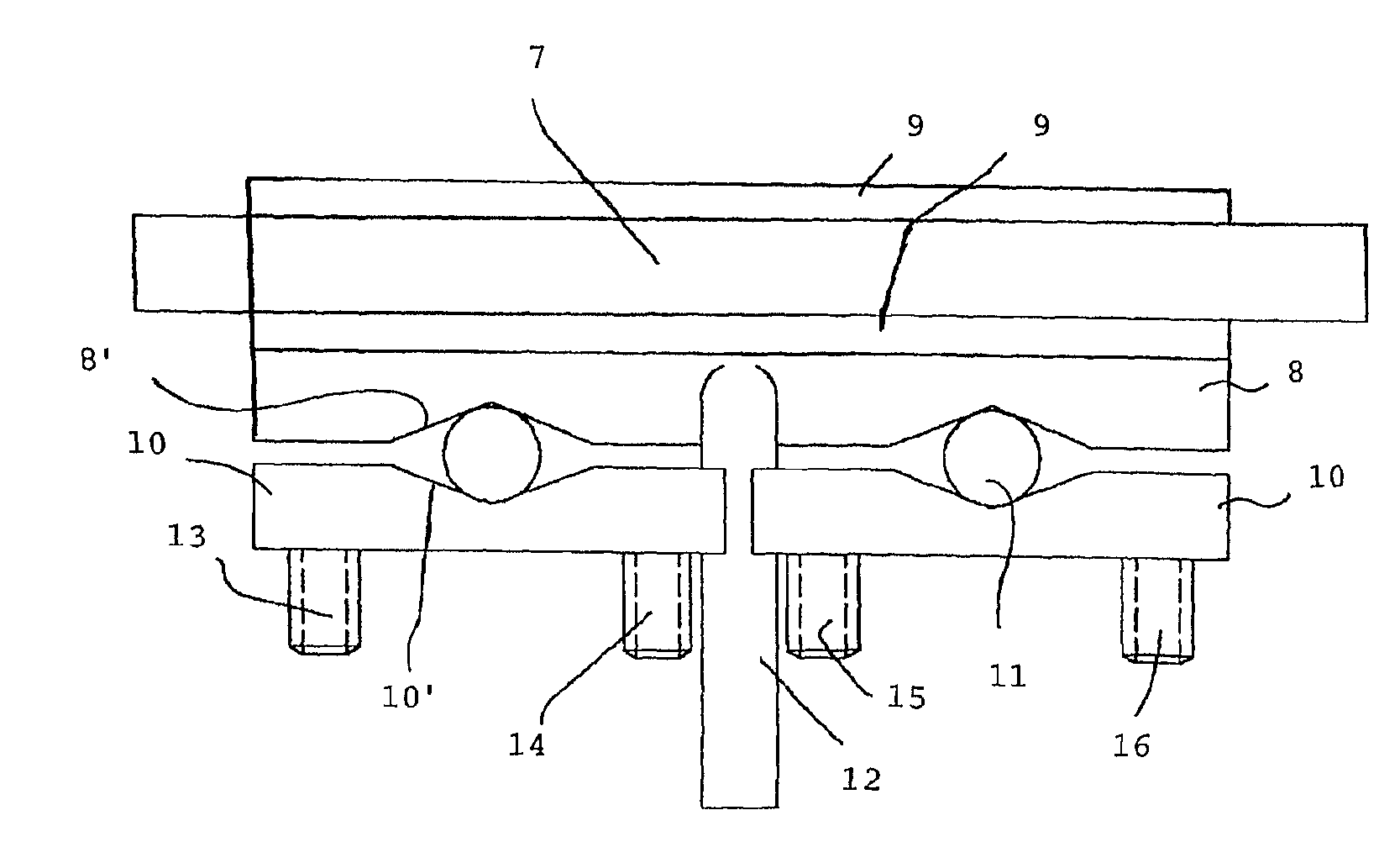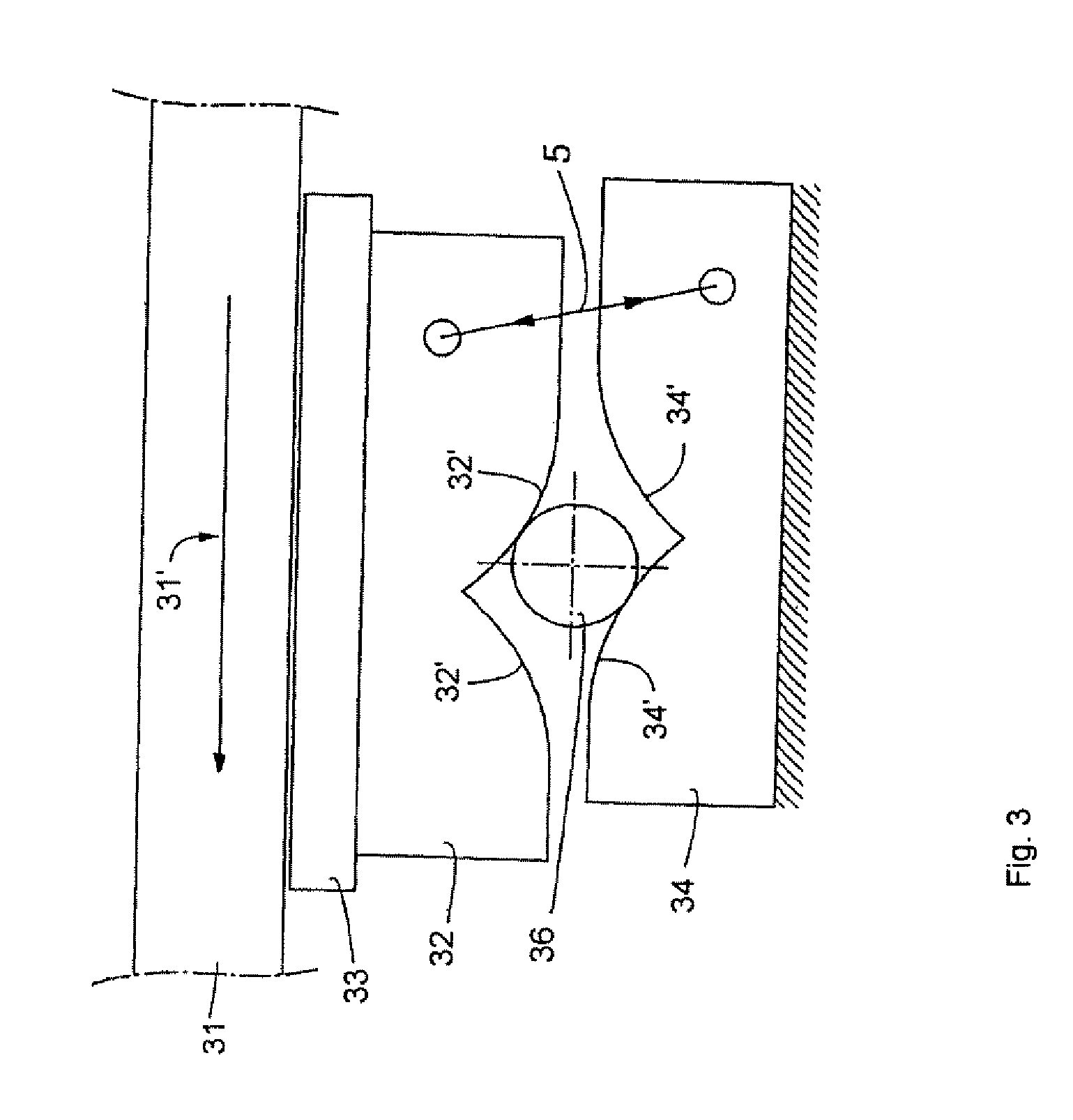Brake System With Redundancy
a brake system and redundancy technology, applied in the direction of brake systems, mechanical equipment, transportation and packaging, etc., can solve the problems of limiting the time for keeping up the brake function, increasing the resistance loss, and limiting the effect of the brake function, so as to achieve the effect of simple manner and weight-saving cost advantages
- Summary
- Abstract
- Description
- Claims
- Application Information
AI Technical Summary
Benefits of technology
Problems solved by technology
Method used
Image
Examples
Embodiment Construction
[0019]In FIG. 1 one example of a network topology is shown. The shown embodiment is directed to the control function, but a person skilled in the art realizes that the voltage supply part has a similar design.
[0020]In the shown embodiment six disc brakes 1 are shown, but a person skilled in the art realizes that any number of brakes may be used. Each disc brake 1 is actuated by means of a drive unit controlled by an electronic control unit 3. The drive unit comprises at least two separate, cooperating drive units 2. The electronic control unit 3 of each brake 1 is connected to a vehicle control unit 4. As a safe guard the separate electronic control units 3 and the vehicle control unit 4 are connected by means of two separate nets 5, 6. All control units 3, 4 are connected to both nets 5, 6 and thus, even if one net fails the control of the brakes 1 will function by means of the other net.
[0021]For the voltage supply to the drive units 2 of each brake 1 two power supplies are provid...
PUM
 Login to View More
Login to View More Abstract
Description
Claims
Application Information
 Login to View More
Login to View More - R&D
- Intellectual Property
- Life Sciences
- Materials
- Tech Scout
- Unparalleled Data Quality
- Higher Quality Content
- 60% Fewer Hallucinations
Browse by: Latest US Patents, China's latest patents, Technical Efficacy Thesaurus, Application Domain, Technology Topic, Popular Technical Reports.
© 2025 PatSnap. All rights reserved.Legal|Privacy policy|Modern Slavery Act Transparency Statement|Sitemap|About US| Contact US: help@patsnap.com



